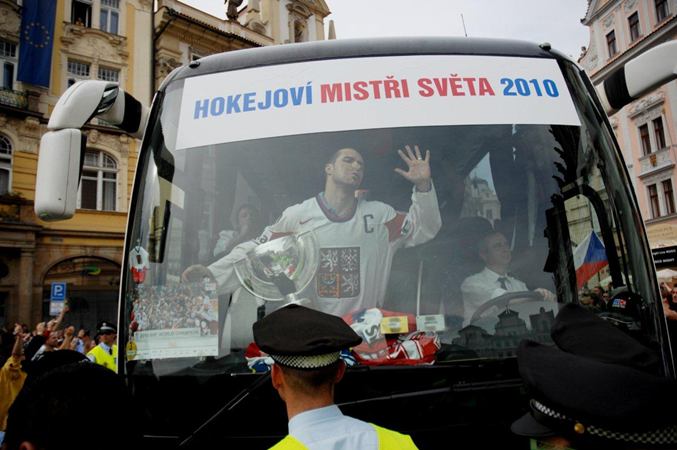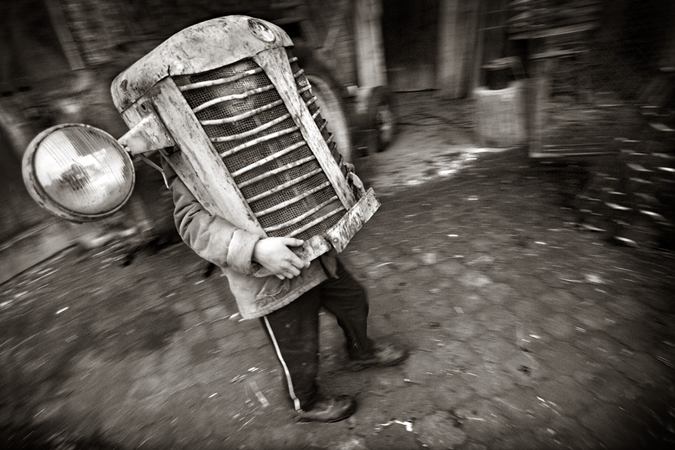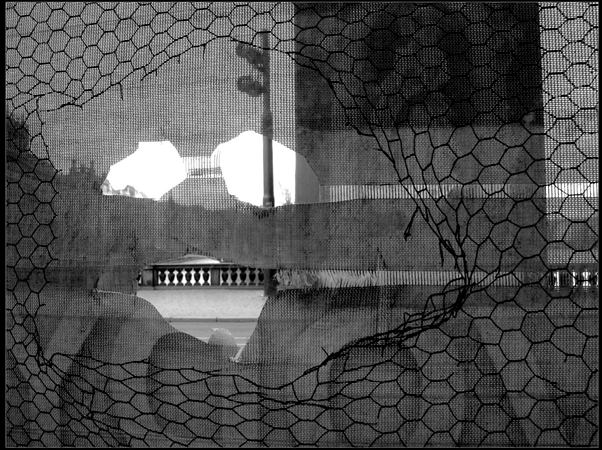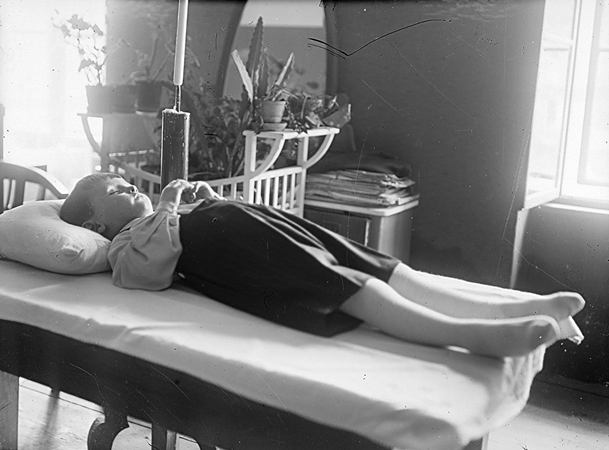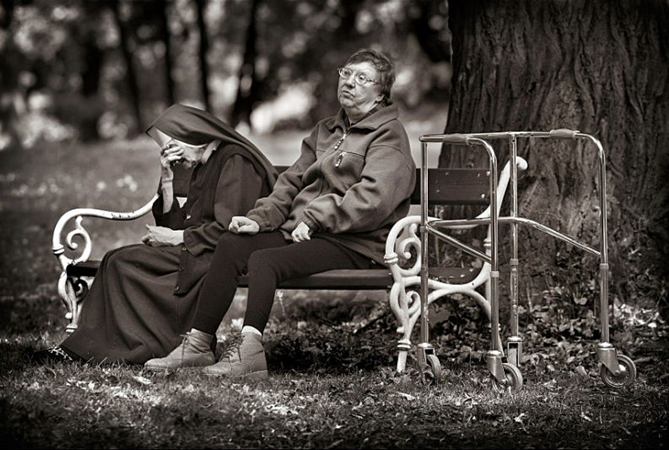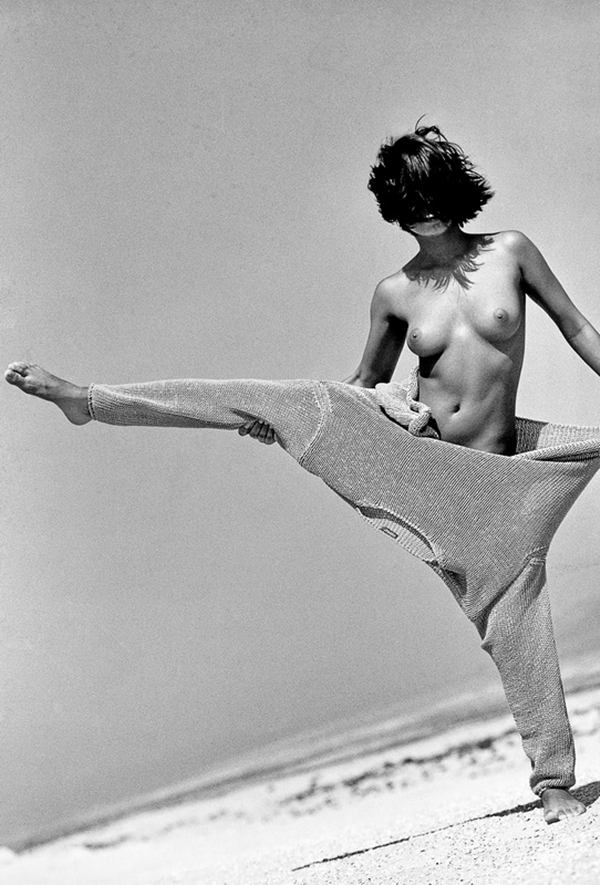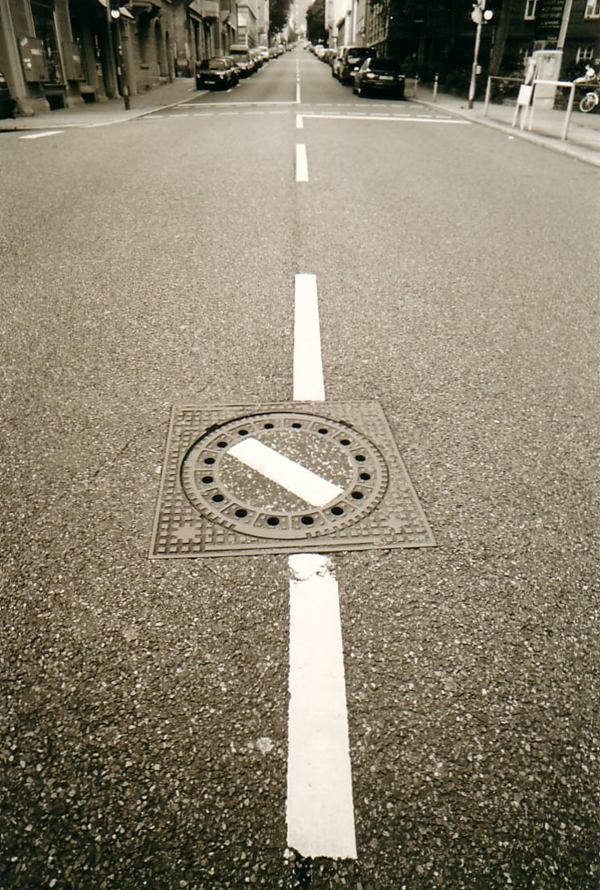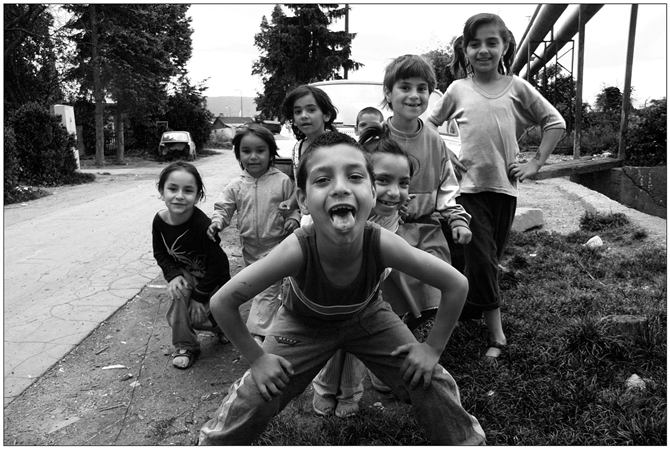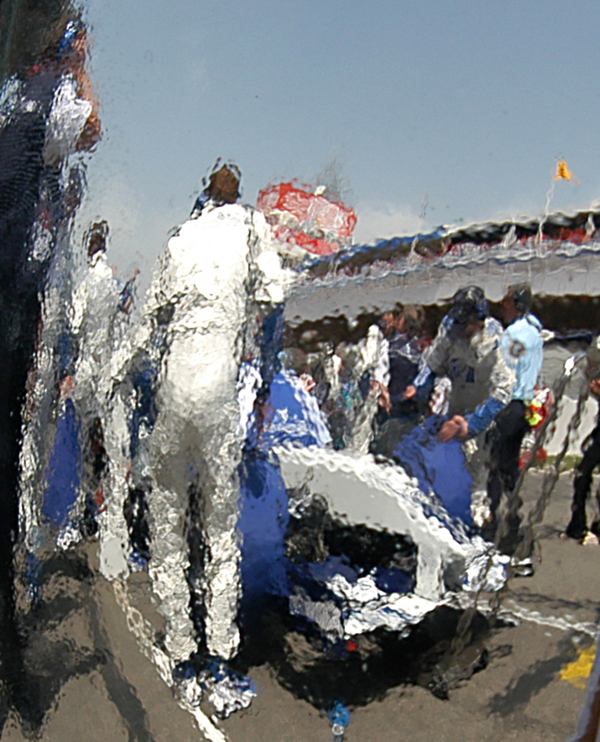My mom was never too fond of being photographed. She was always hiding and resolutely opposed this type of documentation. When I looked through my photos, I realized that she really isn’t in a single picture. She might have been caught walking by or appeared somewhere in the back of the photo, but you could never be certain it was actually her. It’s almost unbelievable that even though I photograph basically everything,… important or not, I don’t have my mother in any of the photos.I browsed through the box with old family pictures. It only proved one thing – her ‘enjoyment’ of being photographed is rooted very deep. Intentionally or not, my uncle did succeed in getting one great picture. A little girl at the time, Alenka was captured washing the dishes with the guidance of her mother standing behind her. It was a simple neatly composed photograph. I was so touched by it, that I took it out and scanned it. I looked back and forth at my mom and the picture and it was as if she hasn’t changed a bit. Her hairstyle is the same and it was probably even of the same length. I decided to shoot this photograph again after 40 years, but was rather skeptical when I approached my mom with the idea. I was ready for her typical uncompromising refusal. I am not sure why, but she was so fascinated by the idea that she accepted. The kitchen is similar to what she was used to when she was a child, so no problems there. The only space that was left empty was after her mom, my grandma; a space that cannot be filled by any other person. I compensated for this by leaving the space behind empty, only filling it with the white tiles on the wall. As a result, I completely moved the ‘punctum’ of the photograph to a whole new level. She used to be here and there is no one that could replace her. It’s so cruel and yet so common.
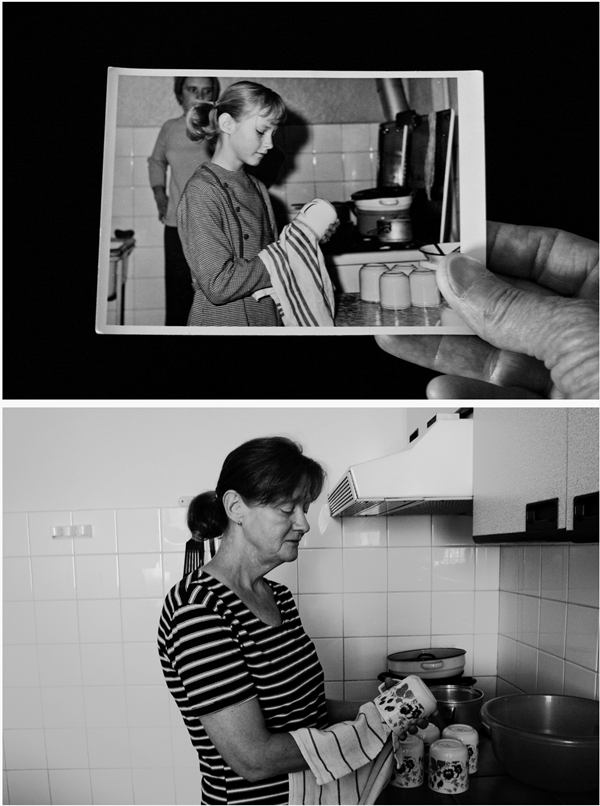
It’s the best photograph I’ve ever made. It’s not about composition or lighting. For me, this photograph is deep and highly emotional. It made me stop for a moment and think about all the important things in life. We cannot stop time, but we definitely shouldn’t keep wasting it with trivial matters.

